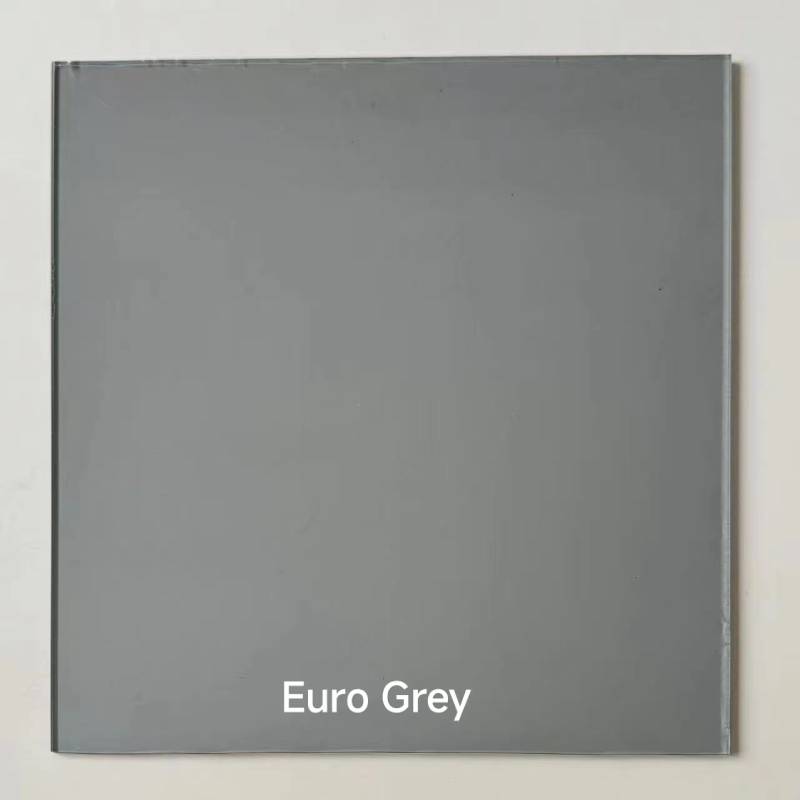

The Price of Heat Reflective Glass An In-Depth Analysis
Heat reflective glass has gained popularity due to its ability to improve energy efficiency in buildings while providing aesthetic benefits. As sustainable construction practices continue to escalate, understanding the price dynamics of heat reflective glass becomes essential for architects, builders, and homeowners alike.
Understanding Heat Reflective Glass
Heat reflective glass is designed to reflect a significant portion of solar energy while allowing natural light to enter a space. This is achieved through a specialized coating that controls the amount of heat transmitted through the glass. Its primary benefits include reduced glare, enhanced comfort, and lower energy costs for cooling and heating.
Factors Influencing Prices
Several factors contribute to the varying prices of heat reflective glass. One primary determinant is the type of glass used. Float glass, laminated glass, and tempered glass all have different manufacturing processes, which influence their costs. Moreover, the specific coating technology employed can significantly affect the price. High-performance coatings, such as low-emissivity (Low-E) coatings, typically come at a premium due to their superior thermal performance.
Another critical factor is the thickness and size of the glass. Larger and thicker panes generally cost more, both in terms of raw materials and shipping. Additionally, customization options, such as tinted glass or specific shapes, will also contribute to higher costs.
Market Trends and Pricing

Recent trends indicate a growing demand for heat reflective glass, driven by the global movement towards energy efficiency. As more consumers and builders recognize the long-term savings associated with reduced-energy consumption, the market for heat reflective glass is expanding. Consequently, manufacturers are increasing production, which may lead to a gradual reduction in prices due to economies of scale.
The geographic location also plays a pivotal role in pricing. In regions where energy costs are high, there is a greater emphasis on investing in energy-efficient solutions, driving up demand and sometimes prices. Conversely, in areas where the cost of living is lower, prices for heat reflective glass may be more competitive as manufacturers cater to a price-sensitive market.
The Cost-Benefit Analysis
When considering the price of heat reflective glass, it is essential to conduct a cost-benefit analysis. While the initial investment may be higher compared to standard glass, the long-term benefits can far outweigh these costs. Homeowners can save on heating and cooling expenses, reduce their carbon footprint, and increase the overall comfort of their living spaces.
Moreover, many jurisdictions offer incentives or rebates for installing energy-efficient materials, which can further mitigate the upfront costs. It is crucial for consumers to research local programs and understand the full financial landscape surrounding their purchase.
Conclusion
In summary, the price of heat reflective glass is influenced by various factors including type, size, coatings, and market trends. As demand continues to grow, prices may become more competitive, making this energy-efficient option more accessible. Ultimately, investing in heat reflective glass not only enhances the quality of living spaces but also contributes to a sustainable future. With careful consideration and research, consumers can make informed choices that align with their financial goals and environmental commitments.